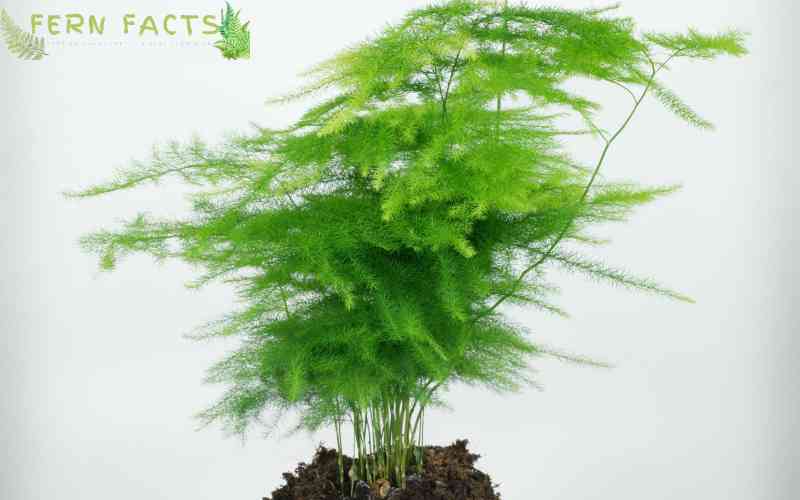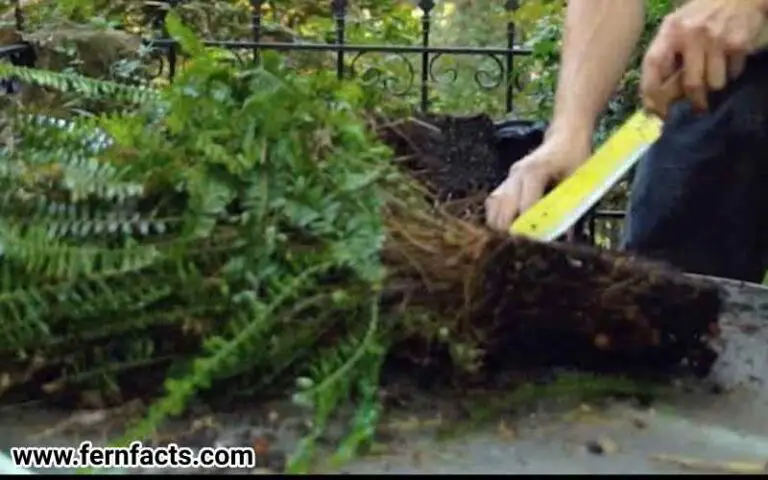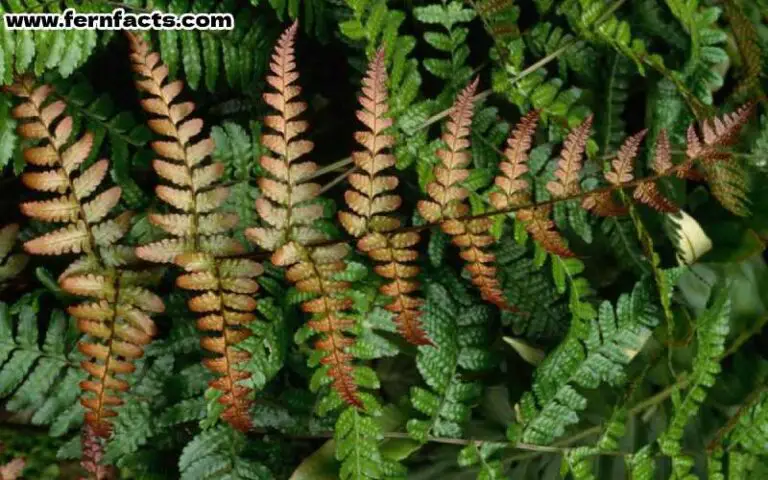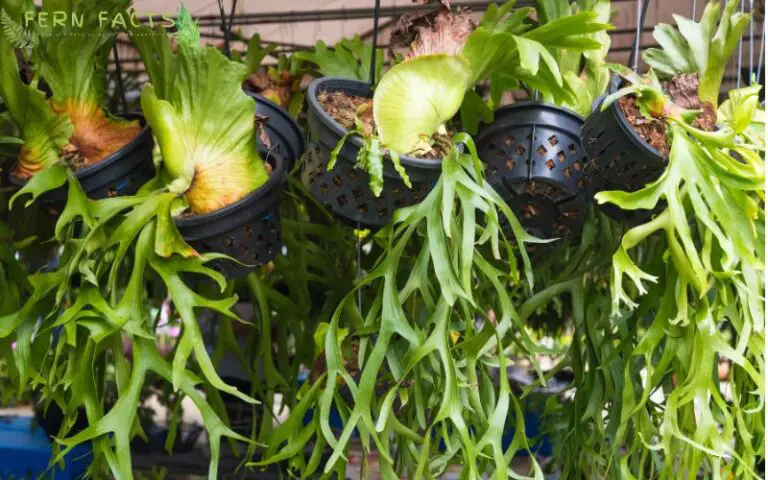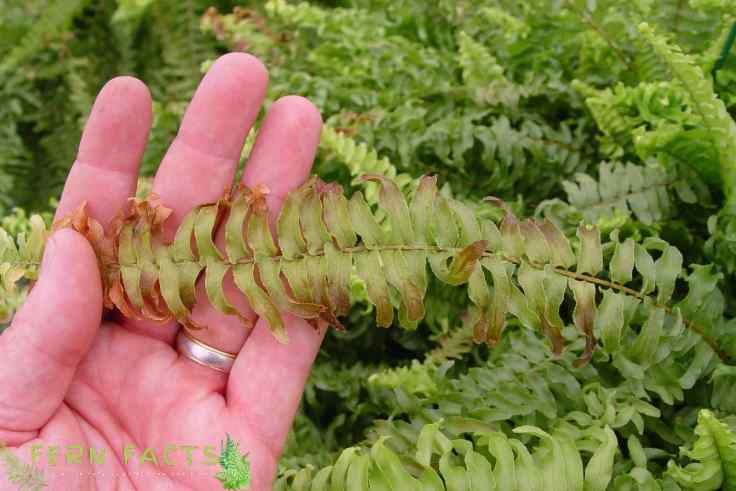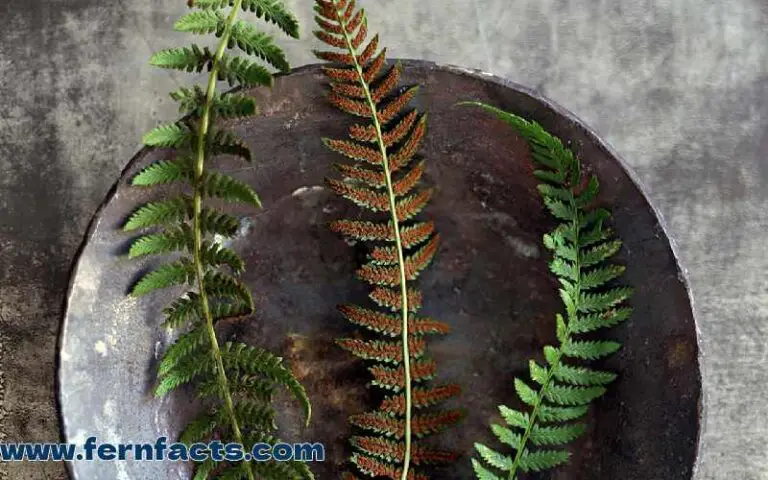How to Grow and Care for Asparagus Fern
If you want to grow asparagus ferns in your house and don’t have any idea where to start then this article will lead you to your destination.
In this article, I am going to give an overview of these asparagus ferns and tell you a few popular varieties of these ferns that you can grow and plant in your house.
Later, I will talk about their overall guidance like how to manage your ferns or grow these ferns.
Similarly, I will also discuss some common issues of these ferns so that you will be able to cope with these ferns thoroughly. So let’s begin the comprehension process.
Overview of Asparagus Fern
- Botanical name: Asparagus setaceus
- Plants: evergreen perennial
- Native range: Southern Africa
- Native habitats: subtropical areas like rainfall
- Shade requirements: partial, fully shaded, bright place
- Height: around 3 feet tall and 4 feet wide
- Soil: slightly acidic (6.5 – 6.8), well-drained system
Asparagus ferns are bright green textured foliage with different varieties. They also produce small and tiny flowers which generally come through berries.
These berries are slightly toxic to both humans and animals, especially dogs and cats.
These ferns are also called common asparagus ferns, lace ferns, climbing asparagus, or asparagus grass. Although it’s not a true fern species, its fronds resemble one.
This is one of the invasive species of ferns that has immense growth and spreading characteristics. And so, because of its spreading characteristics, these ferns are very hardy and easy growing for cultivation.
Moreover, these ferns are also used as a floral arrangement on many occasions in many countries which have positive economic growth.
Different Types of Asparagus
Let’s see some varieties of these asparagus ferns which you can plant and grow in your garden. Although these are not like traditional ferns, their fronds are the resembling features of fern species.
However, asparagus fern making simple, and some of these species’ white tiny flowers make them attractive houseplants for gardeners.
Myeri Asparagus
This fern has dense foliage on its upright stems. It’s also known as foxtail fern. It needs partial shade to grow and bloom.
Sprengeri Asparagus
This fern has long stems with a full, fluffy form. It’s also known as asparagus emerald fern. This fern is also a popular breed for houseplants in hanging baskets or in pots.
Sprengeri Compacta
These ferns are another breed of asparagus ferns that produce tiny white flowers during the summer times. These ferns need morning sun to bloom and nourish their flowers.
Nana Asparagus
This ferns has bright green foliage and the most common ferns as houseplants and garden plants. These ferns also have tiny white flowers during their blooming times.
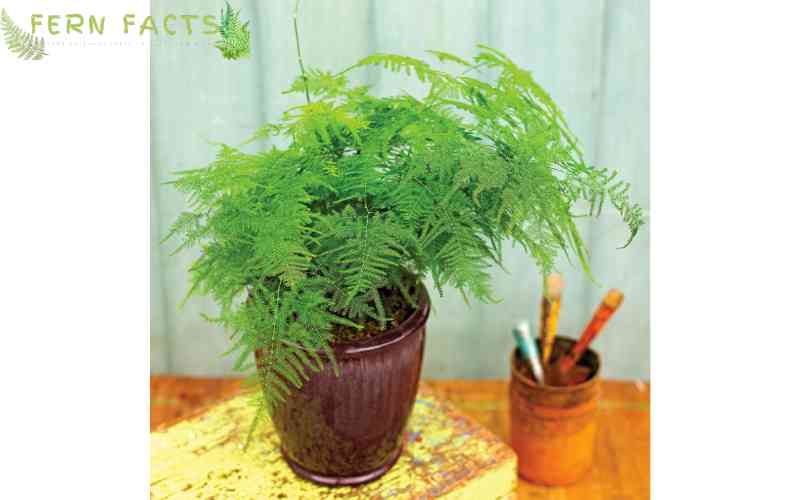
How to Grow Asparagus From Seeds
To grow these ferns from seeds, you need to collect their seeds first. You can collect these seeds from the adult plants. Generally, their seeds are inside the small red berries.
So when the red berries are fully ripe, you need to mash them and strain out the small seeds from it. You will find mostly 1-3 seeds from each berry.
After getting the seeds, now you have to plant them. Before planting the asparagus seeds, you need to soak the seeds overnight in a small bowl. Then make the slightly acidic soil with a generous amount of compost together.
Then, spread the seeds on the top of the soil and mist the soil with water. For proper germination, seeds need light. Try to give them indirect sunlight to germinate the seeds.
Within a few weeks, you will notice new leaves coming out from the soil. Let the new plants grow a little, then you can replant the baby plants into bigger pots.
Read More About How to Care for and Grow Plumosa Fern.
Asparagus Fern Care and Maintenance
Now let’s see how you will take care of these invasive ferns in your garden. As these ferns are preferable for outdoor and indoor plants, you can have these plants in both ways.
If you live in a place where the hardiness zone is 9 or warmer, you can grow asparagus ferns outdoors. For outdoor settings, these ferns will require partial shade, rich soil with organic compost, and a good drainage system.
You can also keep these ferns indoors or in your house as an annual plant. For container pots, you can replace these ferns in the cold seasons.
Light Requirements
These asparagus ferns are fond of dappled shade which means partial bright place or indirect sunlight. In such places, your ferns will thrive.
However, like every other fern, these asparagus ferns also don’t have a tolerance for direct sunlight. That is why keep your ferns away from giving direct sun exposure to them.
It can burn their fronds or can scorch the foliage.
Soil Mixture
In order to mix your asparagus fern soil, you have to make soil with rich ingredients. And so, the soil must have a proper drainage system.
For your outdoor asparagus ferns, you need to make the soil slightly acidic and it also should have well-drained soil so that the extra water can soak in the soil thoroughly.
Besides, you need to keep them in pots that have drainage holes. So that the excessive water can be drained out with that hole.
Water
As these plants want a humid atmosphere, that is why keeping them well hydrated is the most needed work to do. Indoor plants can be dried out easily, especially in the winter times.
That is why you have to mist these ferns by focusing on their arching stems. If you observe that your ferns are getting brown or droopy that means it needs more water and hydration.
Make sure you water these plants when the soil is dried out. Do not overwater your plants, it can rot their roots. Even the outdoor ferns you need to water them if your soil feels dry.
Proper watering techniques can help your asparagus ferns to thrive and bloom in nature.
Temperature and Humidity
Asparagus ferns like to be around 70° F in the atmosphere. Therefore, try to maintain warm temperatures around your fern plants.
If you have a greenhouse or shady porch then your indoor plants will bloom in an abundant way in summer seasons.
Don’t give sudden changes in the atmosphere that can give your plants sudden disorienting atmospheric conditions. It might have an impact on their cladodes to drop as well.
Fertilizer
You need to feed your asparagus ferns on a monthly basis. Try to give your ferns liquid or water-soluble all-purpose plant foods to keep their nutrition in the soil.
So that they can inherit all the nutrients from the soil and make them stronger. For your indoor container plants, you need to feed them weekly in the summer seasons.
Otherwise, in normal seasons, you can feed your plants monthly for both your indoor and outdoor plants.
Pruning
Asparagus ferns are invasive ferns which is why their growth level is on an immense level. They can spread by themselves and fill your places as well.
In such cases, pruning is the only option to maintain your fern’s growth. By pruning and cutting your plants, you can keep them needed and clean in your house and garden as well. In order to cut their edges or leaves use sharp scissors.
You have to prune their brown, shaggy, dead fronds to maintain their shape. Keep note that you have to cut down the base parts of your plants, not the middle of a stem which can harm their roots.
Similarly, you also have to pull out newly grown plants or weeds from your ferns which you don’t want to.
Propagation of Asparagus Ferns
Despite the seed Propagation, you can easily grow numerous new plants by dividing their tuberous roots. The best time for Propagation is springtime.
During that season, you can dig up the whole plant from the pot or ground. Reminder, you need to wear gloves because their spikes are a little sharp which might hurt you.
Then you can divide the roost with any trowel or knife. Try to ensure each part has the same sort of roots. Then you have to replant each section into a pot or container or your garden land.
Try to keep them in a partially shaded place until you notice some new growth in them.
Repotting Your Asparagus Ferns
By repotting your ferns you can enhance their soil level which will help their growing phase. As these ferns are easy growing that’s why their tuberous roots can break a pot or container.
Try to re-pot your fern often In such situations. For repotting, you have to divide the plant and have to make sure that you take multiple underground roots when you are dividing.
After the division, place the divided section in a new pot with a new soil-compost mixture. Then water the plant in a generous amount after being planted for the first time.
After that water your plants according to the soil texture of your plants.
Overwinter Care
During the winter period, if you observe that the temperature of your environment drops below 55° F then you need to bring your container ferns inside of your house.
You have to keep them in bright light with moist soil but not too much water. Otherwise, it has a high probability of getting rotten roots of overly-soaked soil.
Common problem with asparagus ferns
While growing this invasive fern, you might deal with certain problems with these ferns. Let’s see what issues you might encounter.
Pests and Diseases
Asparagus ferns are mostly attacked by spider mites, aphids, and mealybugs which usually attack on their leaves. In such cases, you can use insecticidal soap and mist them in their leaves.
You can also use your hands to remove those bugs from their leaves but make sure you wear gloves before taking them out.
Similarly overly soaked soil can develop uncountable bacteria on their roots. And so their roots can be rotten as well.
Yellow Leaves
While growing these ferns, you might face their yellow fronds several times. If you see yellow fronds in your plants then certainly your plants get attacked by any pests or insects or fungi.
Therefore, you can replace your plant positions with a safer place under bright light and a humid atmosphere around your house.
Sometimes, if you over-fertilize your plants or over-feed them then their fords might turn yellow because of the excessive contain of chemicals in their soil.
Besides, if they also get less light or less water can also be the reason for turning their fronds into yellow or brown.
Thus, you have to maintain the proper lighting, watering, and humid conditions so that your plants don’t have to suffer from these problems.
Dropping Leaves
One of the possible issues of the asparagus ferns is their dropping leaves or foliage on the ground or floor. The most possible reason is not maintaining the constant watering techniques.
Excessive water and inadequate water both can be equally harmful to your plants. Therefore try to maintain the water in a balanced position.
According to the weather and environment you have to water them so you can reduce their dropping leaves problems.
Invasive Growth
As these plants are invasive plants, they grow quite faster than usual fern plants. They can easily get bushy and dense if it’s not well maintained.
Therefore, you need to prune or cut off your plants on a regular basis so that you can maintain their growth level and keep them tidy.
Recap
On a final note, asparagus ferns are very famous for decorating ferns which are very adaptable ferns to grow and cultivate in homes.
All the varieties of these ferns are great plants to fill your garden’s available space or as indoor plants.
Although these ferns are well adapted and easy to grow, you need to follow some guidelines such as proper lighting, watering, soiling and fertilizer, temperature, humidity, pruning, propagation, and repotting.
You can look after these asparagus ferns in your house. You might face some issues like yellow-brown leaves, invasive growth, dropping leaves, pests, and diseases while managing these plants.
Therefore, with proper care and guidelines, you will be able to manage these issues of these ferns and can give your ferns a healthy growing atmosphere.

